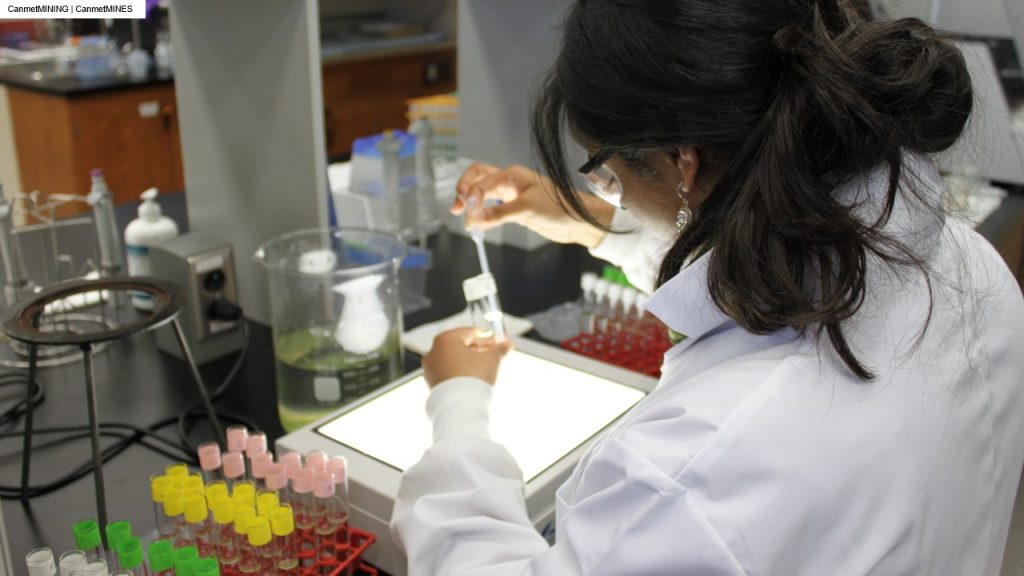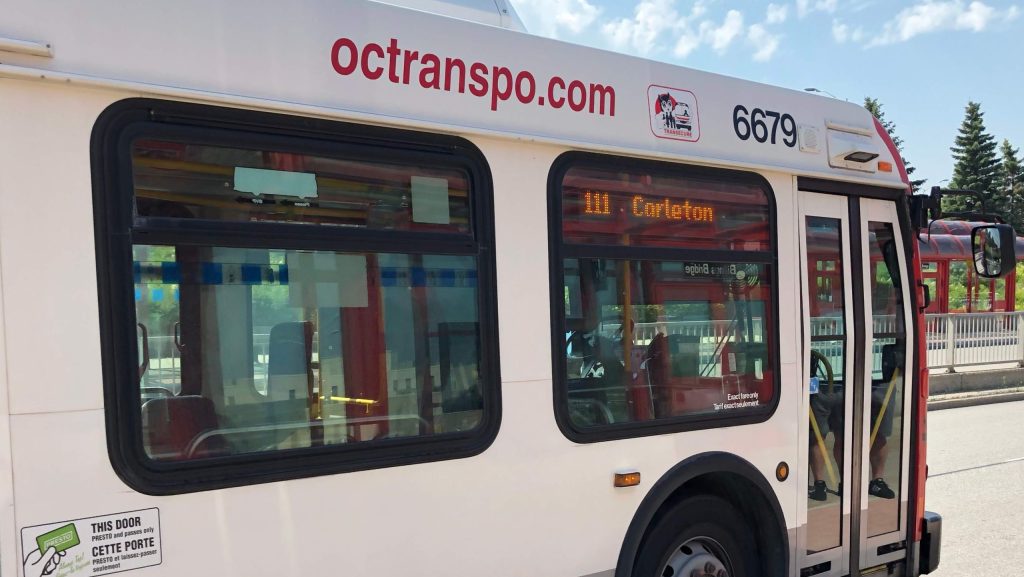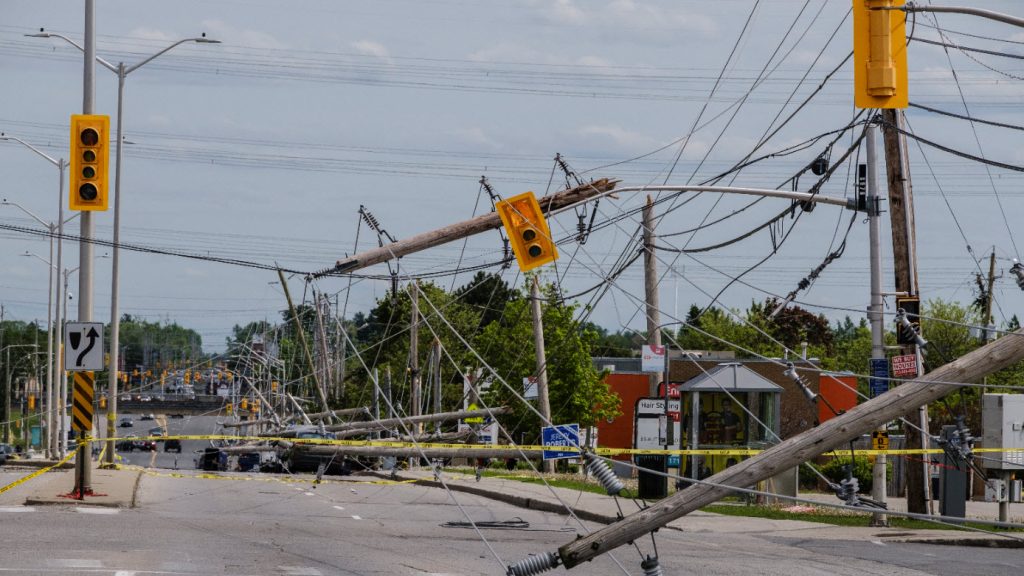Ontario election 2022: Doug Ford and the PC Party’s plan for 4 more years
Posted May 20, 2022 02:52:08 PM.
The Progressive Conservatives and leader Doug Ford have been smooth sailing for the majority of this campaign and most polls have them holding onto their majority, but what are they offering to the province’s residents?
This is Ford’s second campaign to form a majority government and it has been framed as his to lose. Despite now having a record to back up, he has been left relatively unscathed from Liberal, NDP and Green Party attacks.
The blue tide in 2018 led to the PCs picking 76 seats in the 2018 election. However, there were only 67 MPPs left in the caucus when the legislature was dissolved due to multiple representatives being removed.
Pollster and the president of Forum Research Lorne Boznioff said despite Ford’s popularity going back and forth during the height of COVID-19 pandemic, “you could say there were a number of missteps during the COVID times that the Tories were responsible for, but people seem to be forgetting that.”
Campaign experts said the lack of a key issue rallying the other parties and finger-pointing between the Liberals and NDP have left Ford pretty much unscathed so far during the campaign.
“There’s doesn’t seem to be a key issue that’s riling people up … and so the public isn’t really moved by anyone’s real platform in that area. So I think they’re looking more at the personality,” explained Bozinoff.
“Doug Ford has a very amenable, friendly, folksy personality. It’s not super slick, I would say, and I think that’s just resonating with people.”
Ontario Liberal Party leader Steven Del Duca, Ontario NDP leader Andrea Horwath and Green Party Leader Mike Schreiner did get some digs into Ford during the debate, focused on education and health care cuts.
“Have you talked to a nurse about how disrespected they feel, how overworked and underpaid and underappreciated they are…?” asked Schreiner. While Del Duca commented, “He’s here tonight, bragging like he deserves a medal or a pat on the back about supporting public education. Your record on public education, Mr. Ford, is an embarrassment.”
But it hasn’t seemed to be enough to cut into the PC lead this election. They have been regularly polling around the 38 per cent mark, the rough threshold needed to form a majority government once again.
CityNews has been reviewing all of the four major parties’ platforms. PC Party members have been campaigning on their 2022 budget alone, announced right before the dissolution of the Ontario legislature, and the party hasn’t released a full platform.
Key promises from the Progressive Conservative party
Economy, jobs and taxes
- Balance the budget in 2027-28
- Implement a new Ontario Seniors Care at Home tax credit that would refund up to 25 per cent of eligible expenses up to $6,000, for a maximum credit of $1,500
- Enhance the Low-Income Individuals and Families Tax Credit, boosting the maximum benefit to $875 from $850 and allowing people making up to $50,000 to qualify, up from a limit of $38,000
- Move some provincial agencies (e.g. WSIB) out of Toronto in a bid to save on real estate costs and bring jobs to other regions
- Make film and television productions distributed exclusively online eligible for a credit, scrap a rule that limited tax credits to books with more than 500 hard copy editions published
- Invest an additional $114.4 million over three years in a skilled trades strategy, provide an additional $268.5 million over three years to Employment Ontario
- Invest an additional $15.1 million over three years to improve and expand the Immigrant Nominee Program
- Introduce a legislative amendment to raise compensation for workers injured on the job
Education and child care
- Expanding college degree granting to help graduates in applied fields and allow students to gain the education, experience and skills to enter the workforce faster
- Introducing a new science and technology curriculum and de-streaming the Grade 9 science course for the 2022–23 school year
- Reducing child care fees by 50 per cent by the end of 2022, aiming for $10/day child care by September 2025
Environment and climate change
- Spend more than $1 billion building five transmission lines to address growing electricity demand in the regions of London, Windsor and, driven by growth in the electric vehicle, battery manufacturing and greenhouse sectors
- Spend $91 million to help make electric vehicle (EV) chargers more accessible to the public across the province
Health care and COVID-19
- Spend more than $40 billion over the next 10 years in hospital infrastructure
- Spend an additional $1 billion in home care over three years
- Spend $3.5 billion over three years starting in 2022–23 to support the over 3,000 hospitals beds put in place during the pandemic.
- Spend $2.8 billion over the next three years to make the temporary wage enhancement program for personal support workers permanent.
- Spend $142 million to recruit and retain health care workers in underserved communities
- Reduce barriers to make it easier and quicker for foreign-credentialled health workers to begin practising in Ontario.
- Spend $764 million to give nurses a $5,000 lump sum retention bonus
- Spend $124.2 million over three years to modernize clinical education for nurses.
- Spend $42.5 million over two years beginning in 2023–24 to support the expansion of undergraduate and postgraduate medical education and training in Ontario.
- Spend $230 million in 2022/2023 to enhance health care capacity including critical care in hospitals.
- Spend $300 million in 2022/2023 as part of the province’s Surgical Recovery Strategy to combat the surgical backlog brought on by the COVID-19 pandemic
- Spend $3.5 million in 2022/2023 to improve emergency readiness in the event of major emergencies.
- Spend $15 million over three years in a new Life Sciences Innovation Program to help develop therapeutics and medical and digital technologies
- Spend $204 million to build on investments in mental health supports
Housing and affordability
- Build 1.5 million new homes over the next 10 years
- Invest $45 million for a new Streamline Development Approval Fund to help modernize, streamline and accelerate processes for managing and approving housing applications
- Investing over $19 million over three years to help reduce backlogs at the Ontario Land Tribunal, as well as the Landlord and Tenant Board.
- Exploring the use of vacant house taxes
- Increasing the minimum wage to $15.50 per hour as of October 1, 2022
- Increase disability support payment (ODSP) rates by five per cent and introduce legislation to tie annual increases to inflation
- Temporarily cut the gas tax by 5.7 cents per litre and the fuel tax by 5.3 cents per litre for six months beginning July 1, 2022
Transportation and infrastructure
- Spend $25.1 billion over 10 years for planning and/or construction of highway expansion or rehabilitation projects across Ontario, including plans to build Highway 413 across Halton, Peel and York regions and the Bradford Bypass connecting Highways 400 and 404
- Spend $61.6 billion over 10 years on public transit projects such as building the Ontario Line, Scarborough and Yonge North subway extensions, Eglinton Crosstown West LRT extension, restoration of Ontario Northlander Timmins-Toronto train service
- As part of transit spending, “transforming” GO Transit with electrification and increased service along with expanding service to Bowmanville and increasing Toronto-London rail service
- Continue with work to build road infrastructure to the Ring of Fire
- Spend more than $40 billion on health care facility expansion and renovation infrastructure projects over 10 years, including a new patient tower at Scarborough Health Network’s Birchmount hospital, turning Peel Memorial into an inpatient hospital, rebuilding Mississauga Hospital and four new long-term care homes in the GTA
- Continue to accelerate five electricity transmission lines to southwestern Ontario
- Continue with pre-election elimination of tolls on Highways 412 and 418, licence plate sticker fees
Advanced voting will occur until May 28 and the general election date is June 2. You can find full coverage of the 2022 Ontario election here.
To read the full PC Party Ontario budget, click here.
Read more on the other three major party leaders and their platforms here:
- Ontario election 2022: Steven Del Duca and the Liberals’ hopeful return to party status
- Ontario election 2022: Andrea Horwath and the NDP’s pitch to oust Doug Ford and PCs
- Ontario election 2022: Mike Schreiner’s push to get more Green Party MPPs at Queen’s Park








